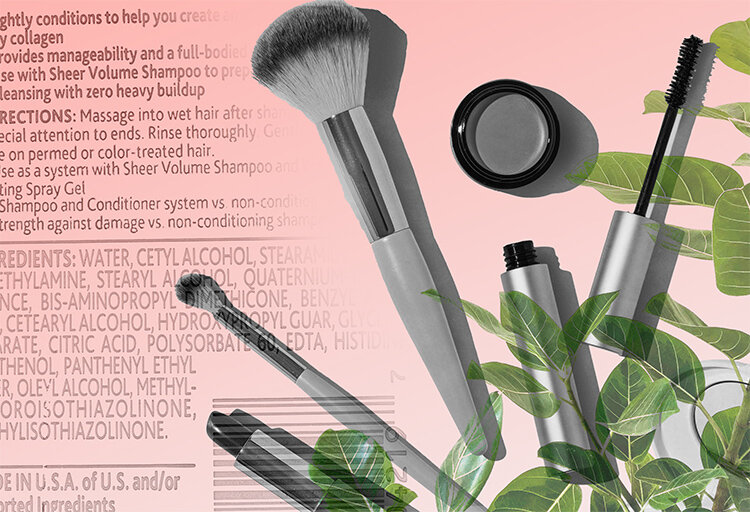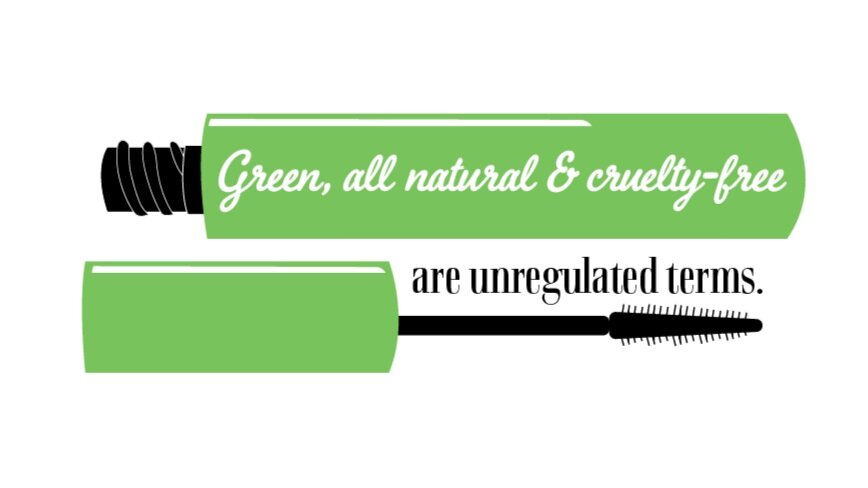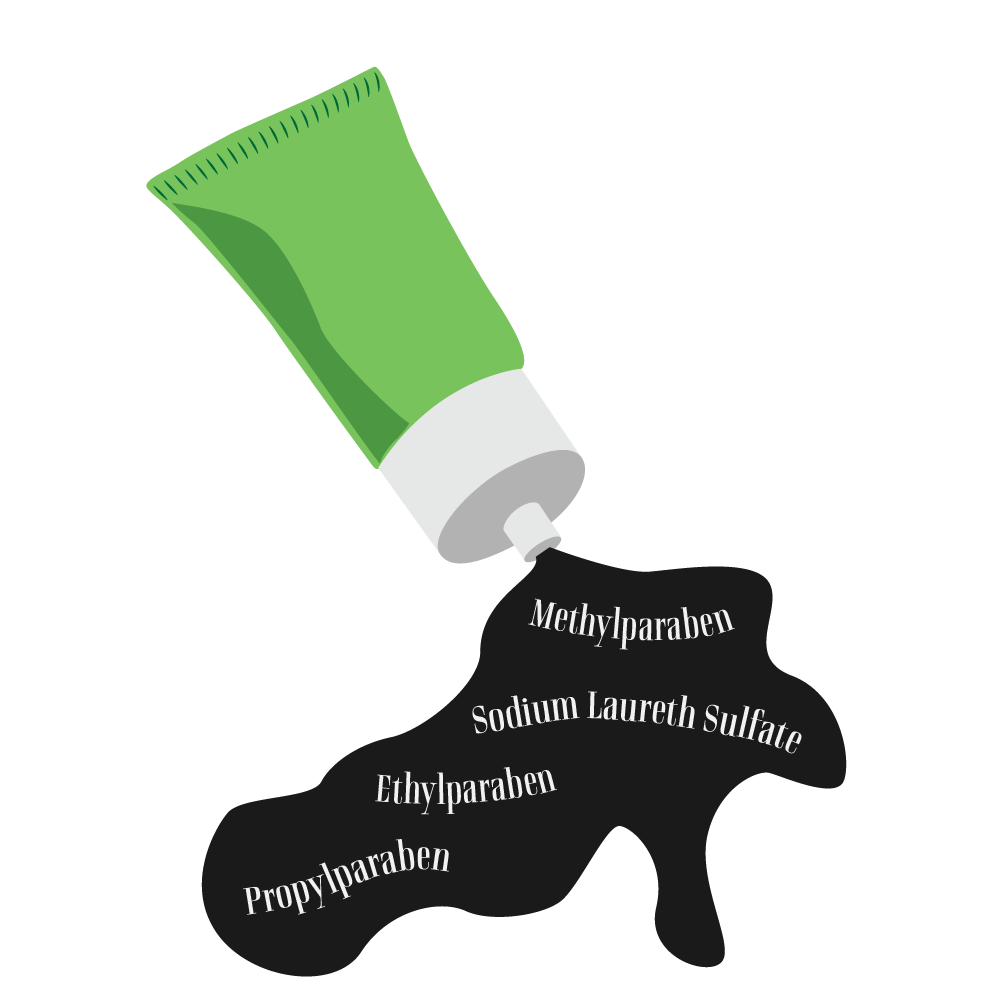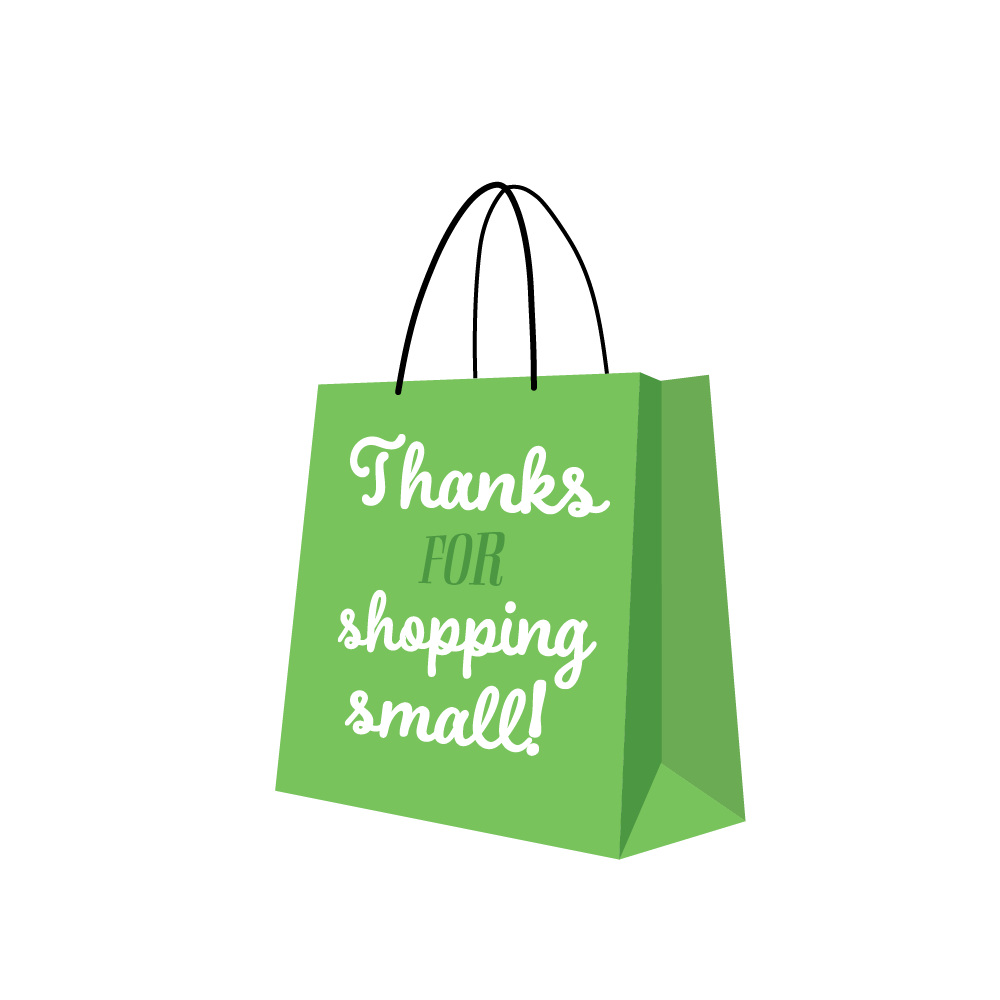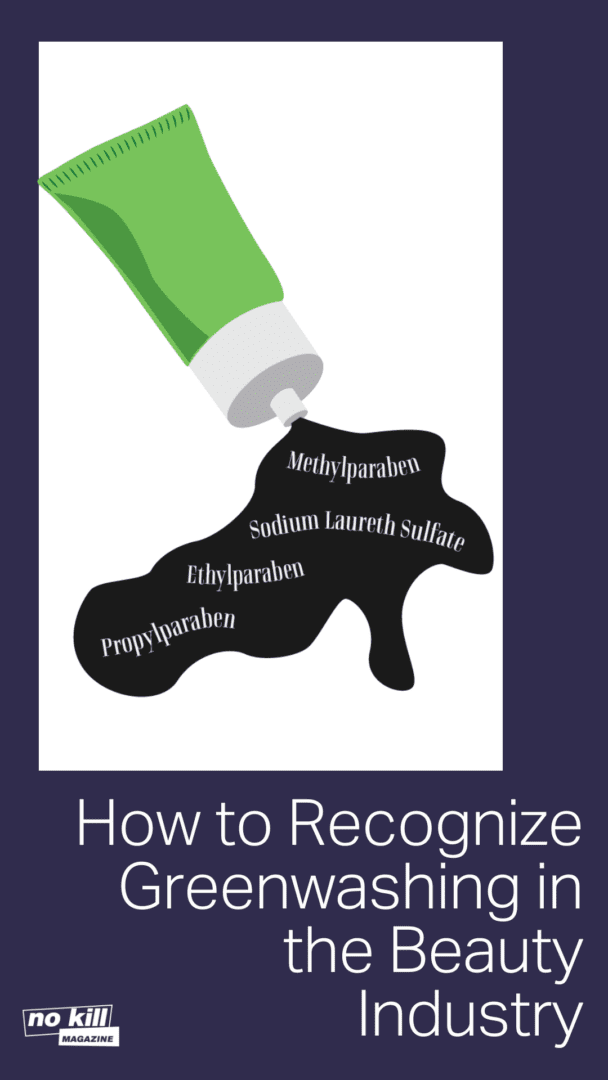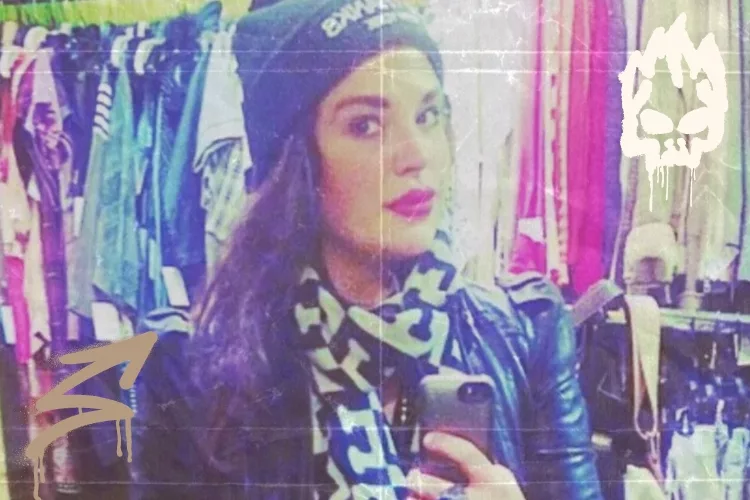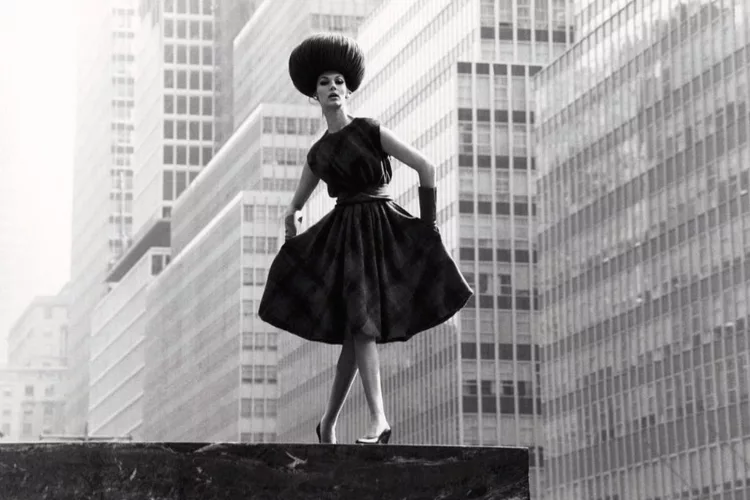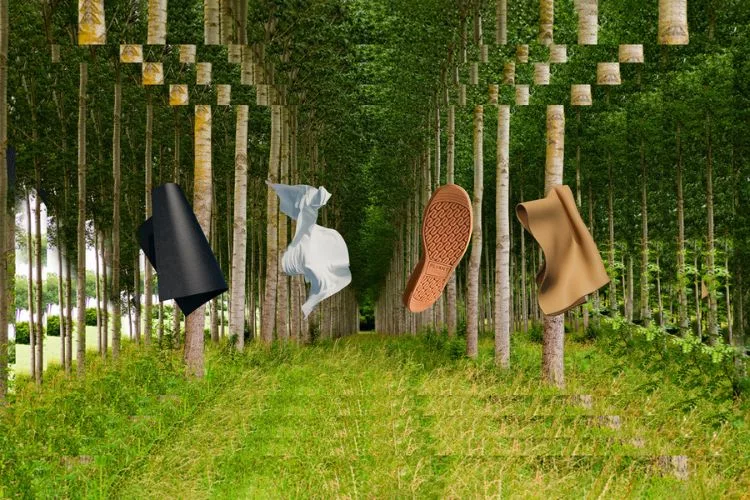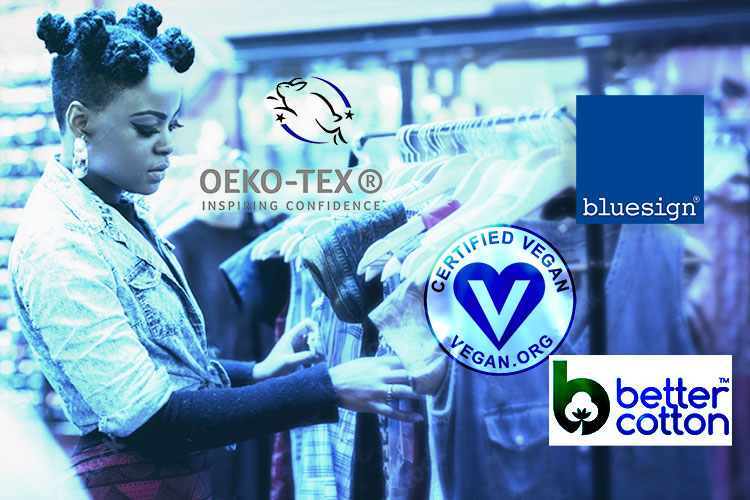Going green is hard, and beauty giants who dominate the self care market don’t aim to make it any easier. A cursory glance at the shelves of the makeup aisle may yield a few green tubes marked “eco-friendly” or “non-toxic,” but with the popularity of “sustainability” growing, even these must be purchased with caution.
Companies with no real sustainability mission have taken to adding labels and phrases to their products that have no proof to back it up. “Green,” “cruelty-free” and “all natural,” for example, have no rules or regulations of what a product must be to earn these names; in short, they’ve become watered down in the name of profiting off concerned consumers.
These methods of false advertising have been dubbed “greenwashing,” as they exploit consumers who care without actually putting in the work for the planet. It’s not your fault if you’ve fallen victim to this marketing, but once you know how to identify it, you can start pushing back.
Clean Products, Dirty Companies
With the lack of regulation on terminology, knowing what’s green and what’s greenwashed is a challenge. A good place to start is knowing which brands are your friend in your clean beauty journey. Even though some of these companies are marketing legit clean products, the carbon footprint of their supply chain often outweighs the impact of one item.
Take for example Covergirl’s new “Lash Blast Clean Beauty Mascara.” The light green tube and words “clean beauty” point to eco-friendly, and the packaging promises no parabens or sulfates. However, the mascara comes in a chunky plastic tube, and the list of ingredients is anything but clean.
The same issue exists for product lines like “Love Beauty and Planet,” a name which indicates a sustainable checkmark, but doesn’t truly mean anything. As with many brands, the parent company–a larger corporation who owns smaller ones–is not cruelty free, nor do they have a clear sustainability mission.
Knowing what packaging to trust is the hard part, but finding better brands is easy thanks to websites like EthicalElephant, who have created directories of brands to purchase from. Their list is organized by different levels of cruelty free, including one for brands with non-cruelty free parent companies.
How to Trust a Product
If you’re looking to buy, but haven’t heard of a brand or don’t have time to search up its credentials, there’s a few ways you can know on the spot if a product is trustworthy. The best indicators are seals of approval, but you need to know which ones to look for.
Trusted seals include Leaping Bunny, a company which independently investigates a brand’s ingredients and suppliers to confirm they are cruelty free. Others include Cruelty Free International and PETA cruelty free, and though all these logos include a bunny, they all have their own standards required.
In true greenwashing fashion, some brands will add an unofficial bunny to their packaging, or design what looks like a seal to call their product “cruelty free” or “non-toxic.” With a look at a database, a product can safely be confirmed as cruelty free, but there are no current seals for truly non-toxic makeup. You’ll need to investigate the ingredient list on your own.
Clean products usually have a shorter list of ingredients, as a first indicator. After that, you’ll want to look for ingredients ending in “paraben” or “sulfate” even if the packaging says it has none. Four of the most common ingredients in these categories are: Propylparaben, Methylparaben, Ethylparaben and Sodium Laureth Sulfate. Keep these OFF your skin whenever possible.
Propylparaben, Methylparaben, Ethylparaben and Sodium Laureth Sulfate. Keep these OFF your skin whenever possible!
When you’ve got the time to truly assess a brand, a great place to start is looking for a sustainability tab on their website. Companies with legitimate sustainability missions will tell you all about them with facts, figures and deadlines; companies without them keep it short and full of empty promises.
Take Ecotools for example: their FAQ page addresses their certifications, the recyclability of their packaging and the low down on their “Bioblender.” Transparency is a good sign, especially if followed by real actions. After a critical look at this FAQ, Ecotools is a good starting place but — whether you want to purchase is your decision after you look into a specific brand.
Small Business is Better
Avoiding the hassle of investigating name brands is as easy as dropping them in favor of smaller ones. Small brands are often most transparent about the supply chain for their ingredients, packaging and labor, and there’s no worry about a big, bad parent company.
Look for small brands that are truly eco-friendly!
Makeup and skin care are especially available from small brands thanks to host sites like Etsy, where low and zero waste products are at your fingertips. If you’re lucky, you may even find small brands in your community to lean on, because going local is also a great way to stay sustainable.
Building a more sustainable lifestyle is an ongoing process that constantly requires learning new things and saying goodbye to even more. While stores like Ulta and Sephora fill us with the instant gratification of a full basket, they fill our landfills too. The best choice isn’t always the easy one, but making it for your self care will reward you with thanks from the planet and your skin.
–Tori D’Amico, Illustrations by Carly Strohl

